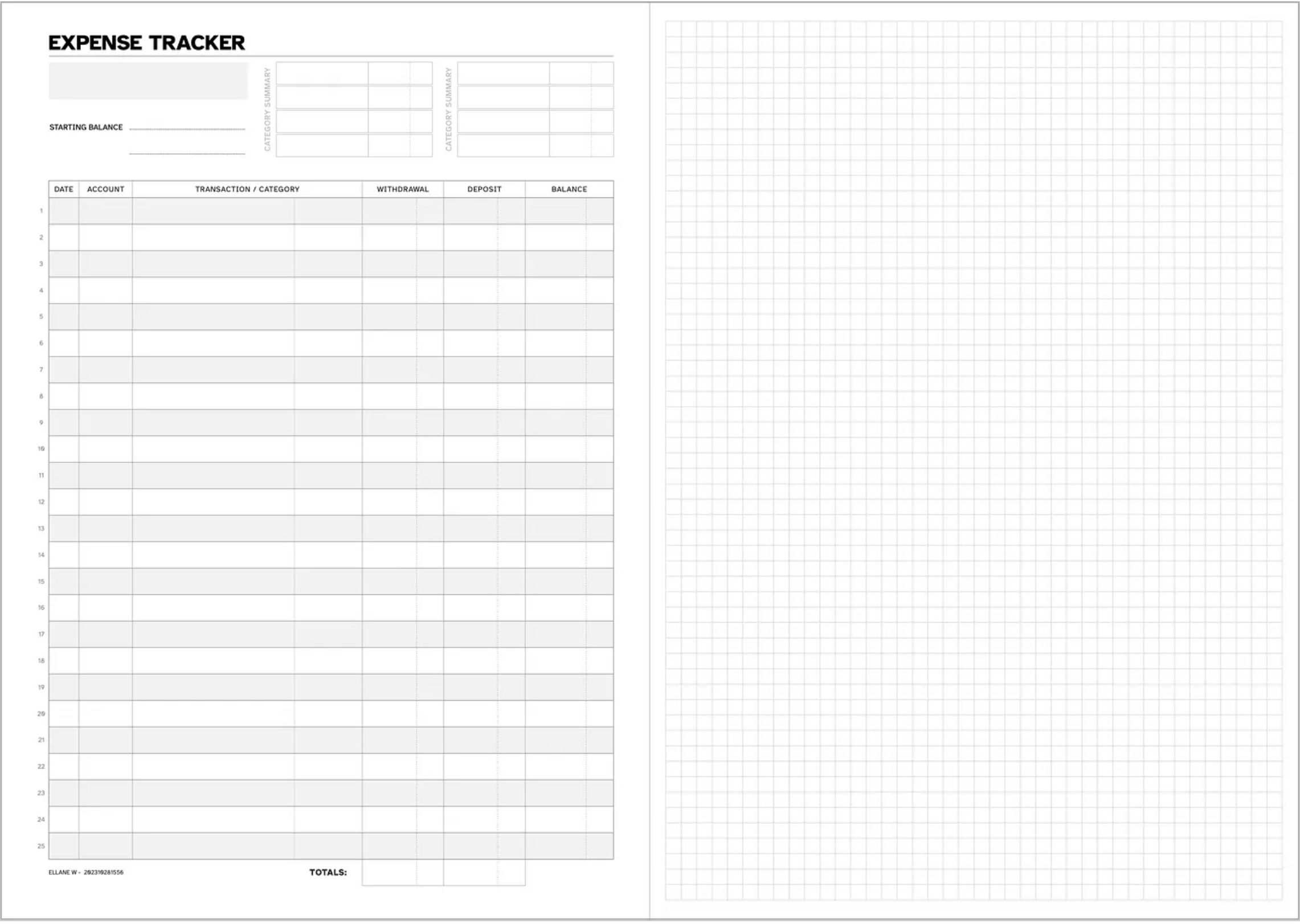The new Johnny.Decimal Workbook is well worth your time and money! Comparing paper budgets with crafting your PKM—these insights can help you do both.
I’ve started learning more about the Johnny.Decimal (J.D) system via this workbook. So far, so great. Really looking forward to digging deep into this way of organising digital files, and how to implement it for specific use cases.
What I’ve done and what I like about it so far:
Now that I’ve read the Workbook all the way through, I get to start back at the beginning and Do The Work! He’s just released a nice handful of unlisted YouTube videos to go with the book, I’m looking forward to watching them.
Last week I wrote about how I’m learning how to budget with paper templates rather than plain text accounting or purpose-built budgeting apps like YNAB.
I neglected to mention last week that despite having over five decades under my belt, this is a skill I’ve yet to master. Honestly, I’ve never seriously attempted it before!
 Front/back of a budget tracking sheet drafted by the Author. The font is Atkinson Hyperlegible.
Front/back of a budget tracking sheet drafted by the Author. The font is Atkinson Hyperlegible.
Step 1 in my budgeting journey was to read about how various people in internet-land are tracking their income and expenses without apps.
Step 2 has been to print out bank statements from the past year or so and highlight three main expense categories: Needs, Wants, Savings (includes debt reduction).
Step 3 will be to record (and categorise into Needs, Wants, or Savings) every expenditure over the next few months. This will be important for developing a feel for what I’m going to need from a budget. This is based on Elizabeth Warren’s 50%–30%–20% budgeting guideline.
There’s a nice parallel here with how a knowledge management system can evolve with you.
No matter how much time and effort you put into learning about various theories for managing your notes and your knowledge, you’re not going to come up with the best PKM system for you right from the start. It’s going to require —
Still, we need to live life while both our budgets and our note making systems are maturing. That’s why it’s best to start simple, and only add complexity as our needs require it.
The person I’m using as a guinea pig for paper-based budgeting is going on holiday in a few days, and needs a working budget now. So we’re going with what we’ve got, and will look at how things have gone after a week of field testing. I’ve created some simple record sheet templates, and am looking forward to trying them out.
Follow my RSS feed, or sign up to receive posts in your inbox
 PTPL 075 · Plain Text, Or Paper Budgeting Templates? The Experiment Begins
PTPL 075 · Plain Text, Or Paper Budgeting Templates? The Experiment Begins
 PTPL 077 · A Peek Inside the Obsidian Weekly Note That’s Keeping Me Focused
PTPL 077 · A Peek Inside the Obsidian Weekly Note That’s Keeping Me Focused